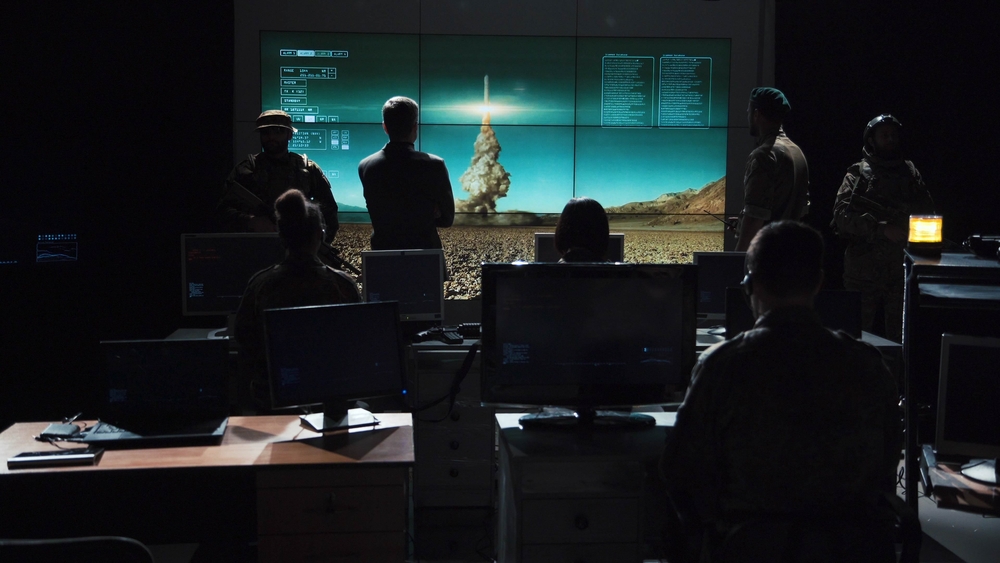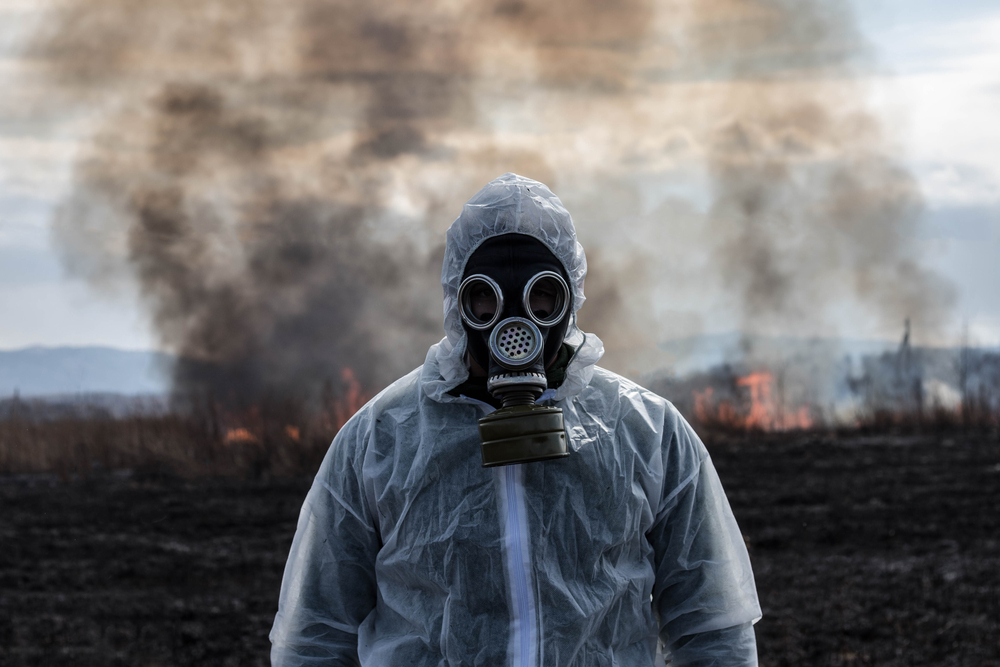With the nuclear threat ever-growing in our world full of turmoil and politics, you might wonder whether there will be any nuclear way, and if so, how does the US target map look and where you are the safest? Of course, we all hope that the threat of a nuclear strike is minimal, but taking steps to negate our dangers is a smart strategy.
A while ago, Russian President Vladimir Putin let the whole world know about his country’s nuclear strength. We also know that North Korea has an impressive stash of nuclear weapons. There are a couple other powerful countries that boast nuclear warheads, so it’s pretty scary to think that there could be a war between them.
Let’s find out more about the nuclear power some countries have and which are the safest US places should there be a war.

What countries have nuclear warheads?
As a general estimation, the US has 6,550 nuclear warheads, Russia 6,859, France 300, China 280, the UK 215, Pakistan 145, India 135, Israel 80, and North Korea 15.
It’s important to note that the number of nuclear warheads doesn’t matter as much as a proper attack. According to experts, a nuclear warhead dropped strategically in the US can do more than 10 warheads randomly dropped.
All of this has us wondering about the possible US nuclear targets, and we wanted to compare maps. Does everyone have the same idea about the possible places where a terrorist might strike? If so, can we agree on some safe places in our country? Let’s take a look!
The effects of a nuclear attack would be devastating
The Centers for Disease Control and Prevention, also known as the CDC, has a workshop called “Public Health Response to a Nuclear Detonation” that is part of the public awareness campaign. The workshop is designed for first responders, doctors, government officials, and other stakeholders who would have a key role in addressing the after-effects of a nuclear attack.
According to specialists, it’s unlikely to experience a nuclear detonation, but it’s important to know that, should it happen, it would have disastrous results and there would be limited time to take essential protection steps.
Despite the fear surrounding such a terrible event, preparation and planning can lessen illness and the number of deaths. For example, most people don’t know that sheltering in place for at least 24 hours is vital to saving lives and reducing exposure to radiation.
While local, state, and federal agencies will lead the immediate response efforts, public health will play a crucial role in responding.

What problems do governments face in promoting nuclear preparedness?
Even for some of the world’s biggest government powers, encouraging nuclear preparedness isn’t easy. It’s quite difficult to promote simple awareness campaigns on issues of preparedness, such as how to limit the spread of disease and prepare for wildfires and storms.
Sure, wildfires and disasters do happen, and we all know by now how quickly the common cold can spread from confinded public spaces to bus handles, but how do you encourage people to start looking at the serious nuclear threats and what to do in the case of a nuclear detonation?
This is just one part of the multitude of preparedness issues the world faces right now, and we can only hope the experts will come up with a plan.
What are the primary targets on the US nuclear target map?
The targets are speculation, but we can make some reasonable guesses as to potential strikes. Everyone already knows that the White House, air force bases, military bases, and federal buildings are targets.
Large cities may also be a target. Experts made a list of the cities and metro areas that have at least 50 million people, then looked only at areas that terrorists could easily go through due to their proximity to the border.
These are New York City, NY, Washington, D.C., Miami, FL, Jacksonville, FL, Los Angeles, CA, Dallas-Fort Worth, San Francisco, CA, Pittsburgh, PA, Philadelphia, PA, Houston, TX, Chicago, IL, Phoenix, AZ, and Honolulu, HI.
So these are the places you wouldn’t want to be should a nuclear war happen. The same thing is true for the coastline of California, as are most of the midwest states like Indiana, Illinois, Ohio, and southern Michigan.

A nuclear detonation is a risk in any area, according to experts
It’s important to note that nuclear attacks aren’t always just aimed at big cities. Other establishments may also have a greater influence on the damage to a country and its people.
According to the US Government’s nuclear response website, potential targets can include key infrastructure, military installations, foodbowl areas, industrial centers, largely populated areas, centers of government, and major ports and airfields.
Safe areas in the United States
Unfortunately for us, most US states have at least one or two possible targets. However, right now, Maine is considered fairly safe. There aren’t any nuclear plants nearby, nor does Maine have any significantly big cities.
Northern California and a majority of Oregon are also regions with a better chance of surviving a nuclear war. Also, the middle of Idaho is also considered a safe place to reside.
Another thing to consider when making a list of the safest areas is the chance of a place experiencing an earthquake (a nuclear strike could potentially trigger one). The safest zones in the US are North Dakota, South Dakota, Eastern Montana, Michigan, Minnesota, and parts of Nebraska and Kansas.
You may also want to read Shocking: 6 Dangerous Cruise Ports (Take Care!)






















